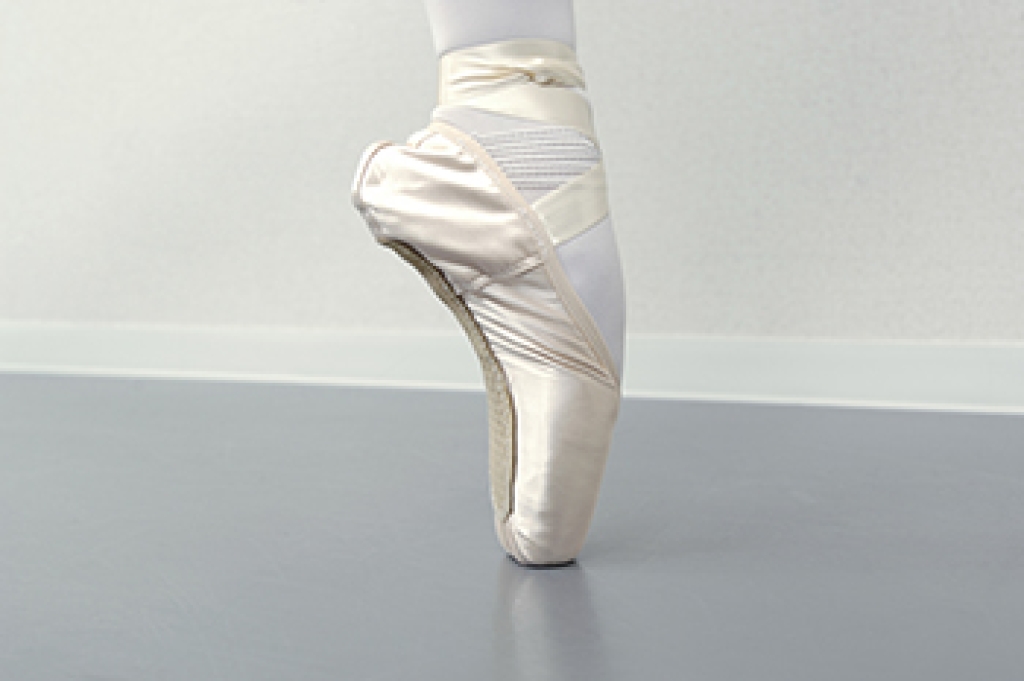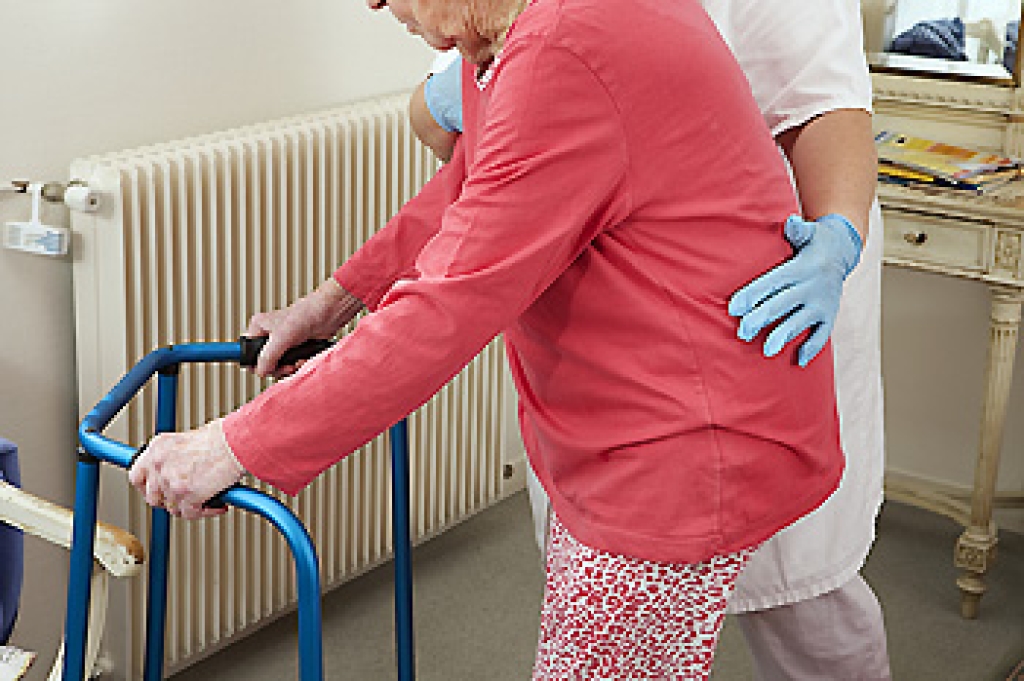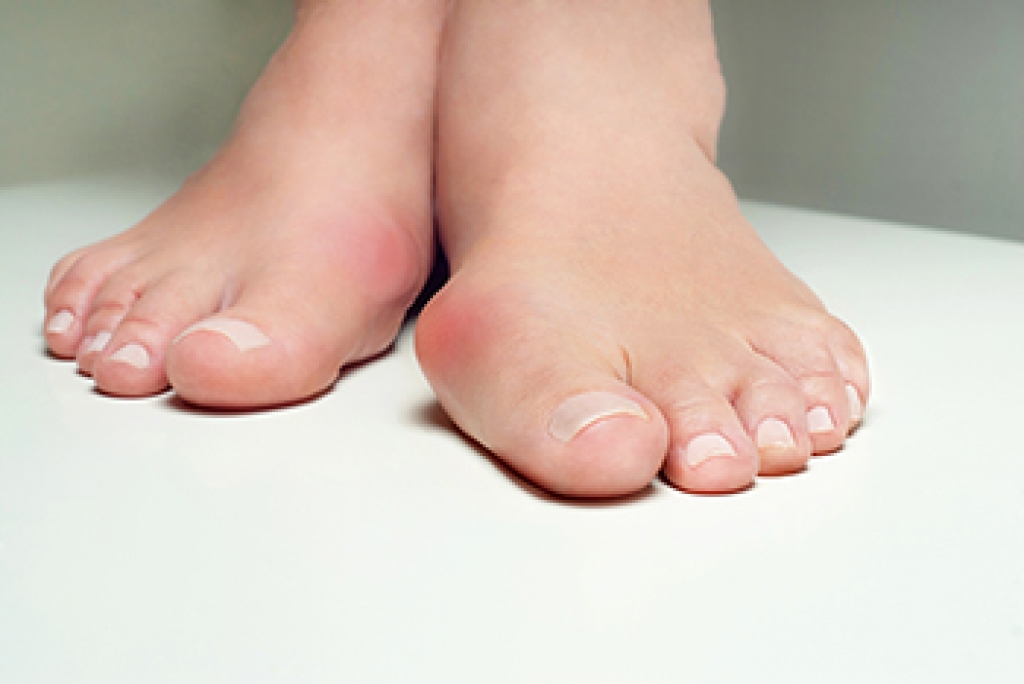
Foot strengthening is essential for dancers preparing to perform on pointe because it enhances stability, control, and flexibility. Several exercises can be done using everyday tools like hair elastics, hand towels, and tennis balls. A hair elastic can be placed around the toes to provide gentle resistance, encouraging toe flexibility and strength when stretched. Place a hand towel on the floor and use the toes to scrunch the towel toward the feet, a great exercise for building the arch muscles. A band can provide resistance while performing ankle rotations or flexing and pointing the toes, helping to improve overall strength and flexibility. Additionally, rolling a tennis ball under the foot is a fantastic way to relieve tension and massage the muscles, increasing circulation. If you have foot pain, it is suggested that you consult a chiropodist who can provide treatment and recommend specific exercises that can strengthen the feet.
Stretching and strengthening your feet is very important for maintaining your foot health. If you would like to learn more about exercises for your feet, please consult with one of the chiropodists from The Footcare Centre. Our chiropodists can help you maintain the health of your lower limbs and your mobility.
There are a variety of relatively easy-to-do exercises that can boost the strength, flexibility, and mobility of your feet, as well as relieve foot pain.
Strength exercises:
- Toe splay - Spread the toes apart and hold for several seconds; improves control over toe muscles
- Toe curls - Scrunch up a towel with your toes; strengthens the flexor muscles
- Marble pickup - Pick up marbles with your toes; strengthens the muscles on the undersides of the feet and toes
- Walking on sand - Stretches and strengthens feet and calves
Flexibility exercises:
- Heel raises - Raise the heels while keeping toes on the ground
- Toe point - Raise the heels while pointing the toes, keeping just the tips of toes on the ground
- Toe curl - Raise the heels while curling the toes inwards, keeping just the tips of toes on the ground
- Big toe stretch - Use your hands to gently stretch your big toes up, down, and to the side
Exercises for foot pain:
- Toe extension - Gently pull the toes up towards the ankle and hold for several seconds
- Ball roll - gently roll a golf or tennis ball underneath the arches of the feet
If you have any questions please feel free to contact our office located in Niagara Falls, ON .




